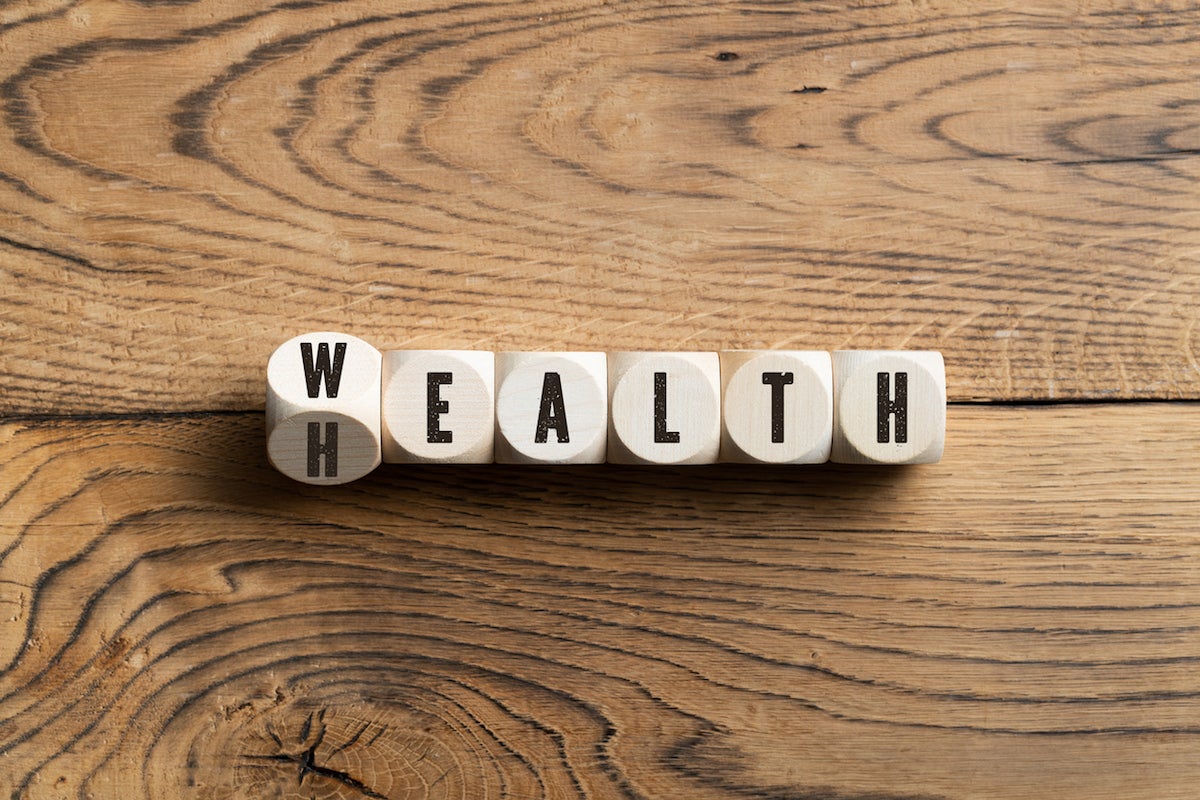Your ZIP code may be a better predictor of your health than the medical care you receive. Does that fact surprise you? If so, you’re not alone. Most people assume that genetics and healthcare are some of the biggest factors in whether a person is sick or well. But research shows that a person’s health is also based on where they live, their socioeconomic status and whether their neighborhood allows them easy access to healthy food and clean water.
Those factors — called the social determinants of health — are why disease hits communities of color the hardest. That’s true of asthma, diabetes, cancer and our latest medical threat, COVID-19. This week’s coronavirus health tip focuses on population health and why this pandemic — like all others — is striking some communities harder than others. Our expert is Elena Cyrus, a new faculty member at the College of Medicine’s Population Health Sciences Department.
Black, Native American and Hispanic populations have been hit harder by COVID-19, according to Health Department reports locally and across the nation. The rates of infection, hospitalization and death in members of these communities are significantly higher than their percentage of the population. This trend shows what public health professionals have known for decades — that the social circumstances of your life play a huge role in your health and survival.
Consider these realities of living in the new normal of COVID-19. We’re being told to physically distance to reduce our risk of getting the disease. But how do you do that if you are living in crowded conditions — if you have multiple people residing in a small apartment or if your home is in a densely populated area? Currently, to stay safer, many of us are working from home. But what if your employer or job doesn’t allow you to work remotely — such as many jobs in Central Florida’s service industry? If you must go out because of work or can’t afford to have groceries delivered, you’re more likely to be exposed to the virus and more likely to expose others, meaning you increase the infection rate in your own community.
If we are unlucky and get COVID-19 or any disease, we need to stay home from work. But if your job doesn’t provide you with paid sick leave, you have the additional stress of worrying about how to pay for lodging and food for your family. These stressors can impact your immune system and how you respond to the virus.
What happens if you get COVID-19 and don’t have insurance, a nearby healthcare provider or a way to travel across town to the clinic to receive treatment? We also know the virus causes more severe illness and death in people with diabetes, asthma, heart and kidney disease. All of these conditions hit minority and lower socioeconomic communities harder than non-Hispanic white communities. And in addition to generally having less access to quality healthcare, people in these communities often lack the social support and healthy nutrition to help them successfully battle their medical issues.
A New York University School of Medicine study showed the dramatic impact that the social determinants of health have on survival. In Chicago, for example, the difference in life expectancy between people living in the city’s most affluent area and those in the poorest was 30.1 years — even though these residents lived just a few miles away from each other. The same was true in cities across the nation. New York, Washington, New Orleans and Jacksonville, FL had life expectancy differences of 20-plus years depending on where people lived.
The coronavirus pandemic is adding to this burden.
COVID-19 has been called the “great equalizer” because it has struck millions of people across the world. But like all diseases, it is not treating everyone equally. The coronavirus is a greater threat to the most vulnerable people and lays bare the underlying inequities of our society.




